BLU POO is used to determine how long it takes for food to move through the digestive tract from start to finish. This is known as gut transit time. BLU POO uses a natural pigment called blue spirulina that is produced by blue-green algae. When taken with a meal, it will color the food consumed alongside it. The pigmented meal will be digested as it normally would and will produce a blue colored stool. Important gut health assessments can be made by utilizing the Bristol Stool Chart in addition to tracking gut transit time with BLU POO.
Valuable Insights Into Your Microbiome Health
Transit time and stool type are key determinants of the gut microbial habitat, affecting nutrient and water absorption along the intestine as well as setting the pace of how quickly the bacteria in your intestine is cleared out and replaced, also known as luminal microbial population clearance, during digestion.
Diet and gut microbiome composition have a major influence on gut transit times and stool consistency1,2. For example, too little or too much fiber can contribute to quickened transit times and diarrhea as well as sluggish transit times and constipation3. Microbiome dysbiosis can affect the way food is digested, leading to food intolerances, bloating, inflammation and diarrhea and/or constipation4.
The information obtained by tracking gut transit time and stool consistency can provide valuable insights into how your body processes food, absorbs nutrients, metabolizes fiber, and the state of your microbiome.
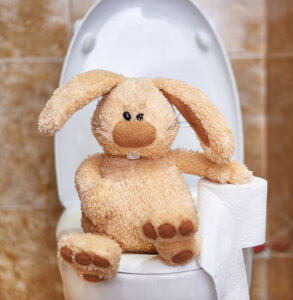
About the Bristol Stool Chart
The Bristol Stool Chart classifies human feces into seven categories of consistency, with loose stools corresponding to fast transit, while hard stools reflect longer transit times. This is due to time allowed for nutrient absorption and water reabsorption in the intestines.
Partially digested food leaves the stomach and reaches the small intestine as a thick semifluid substance known as chyme. In the small intestine, water, bile and enzymes are added to the chyme to further break down the food into absorbable nutrients. The majority of available nutrients are absorbed here as the liquified chyme moves through the small intestine. As the liquid chyme passes through the large intestine, water is reabsorbed. If movement through the large intestine takes too long, more water is absorbed from the stool than needed, leading to hard stools that may be difficult to pass. If too little time is spent moving through the large intestine, not enough water will be absorbed from the stool, leading to runny stools5.
Bristol Stool Chart
STOOL TYPE |
EXAMPLE |
DESCRIPTION |
TRANSIT TIME |
|---|---|---|---|
Type 1 |
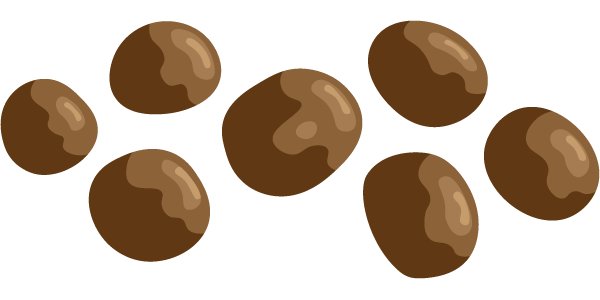 |
Separate hard balls or lumps, hard to pass, spends too much time in the colon. | Longest Transit Time |
Type 2 |
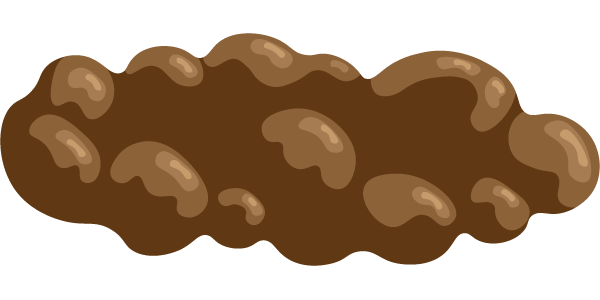 |
Lumpy fecal balls stuck together, can produce hemorrhoids. | Longer Transit Time |
Type 3 |
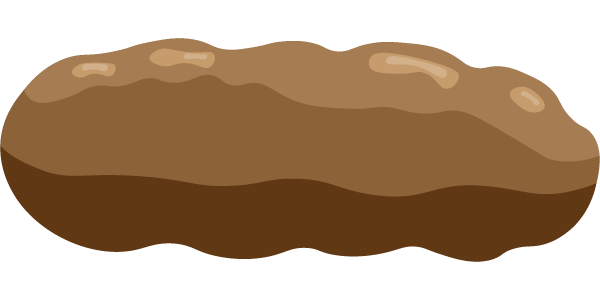 |
Like a sausage with cracks on the surface, mild straining, low end of acceptable. | Moderate Transit Time |
Type 4 |
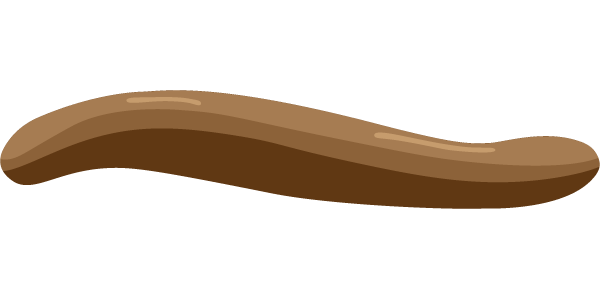 |
Like a banana, can be "S" shaped; soft and moist, not too hard, not too soft. | Average Transit Time |
Type 5 |
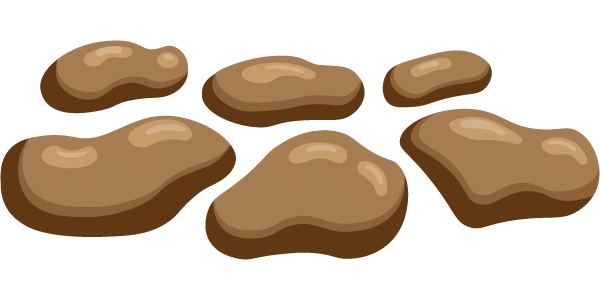 |
Soft blobs, clear cut edges, passed easily, high end of acceptable, typical of several stools per day. | Below Average Transit Time |
Type 6 |
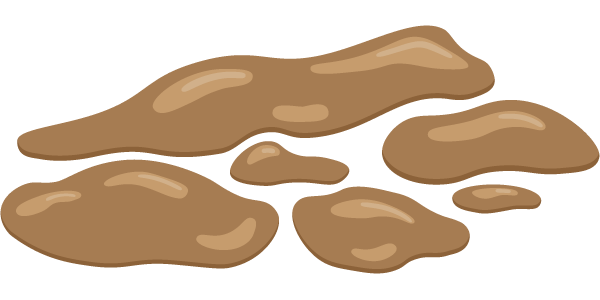 |
Ragged edges, mushy stool, requires excess wiping. Could be sign of stress or IBS. | Short Transit Time |
Type 7 |
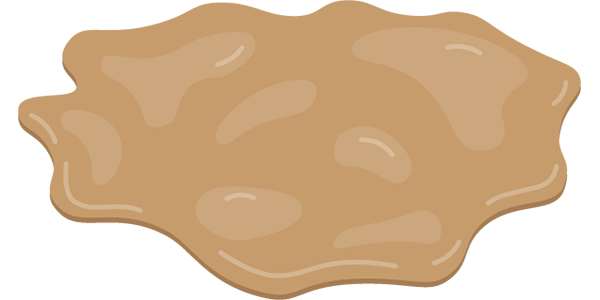 |
Diarrhea. Not good. | Shortest Transit Time |
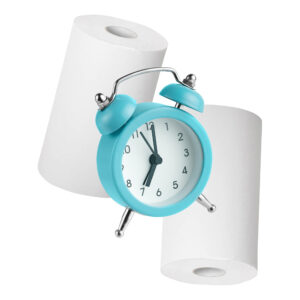
What Can I Learn From Using the BLU POO Tracker?
Transit times of less than 18 hours or more than 30 hours, along with Bristol stool types 1, 2, 5, 6 and 7, can be a sign of dysbiosis–an imbalance of gut bacteria. Dysbiosis can lead to a wide variety of digestive issues such as diarrhea, cramping, constipation, bloating, reduced nutrient absorption and incomplete digestion1,2.
Improving Your Gut Microbiome
Gut transit time and stool consistency may be improved through diet changes such as incorporating appropriate types of fiber and identifying and removing allergens3. Because gut dysbiosis can lead to gastrointestinal distress in a variety of ways, repairing microbiome dysbiosis may also help improve transit time and stool type. Reshaping the microbiome may be achieved through removal of and competition with less favorable microbes, supplementing with beneficial microbes like those included in probiotics and adding prebiotics to aid in probiotic colonization and success4.
Resources
- Anitha, 2016: doi: 10.1016/j.jcmgh.2015.12.008
- Asnicar, 2021: http://dx.doi.org/10.1136/gutjnl-2020-323877
- Bae, 2014: doi: 10.5223/pghn.2014.17.4.203
- Hrncir, 2022: doi: 10.3390/microorganisms10030578
- Cleveland Clinic, Digestive System: https://my.clevelandclinic.org/health/body/7041-digestive-system
